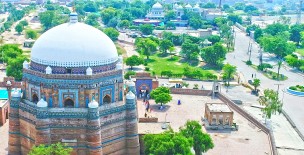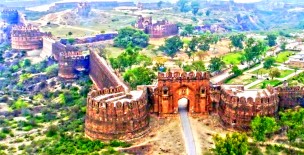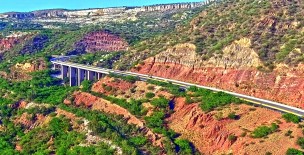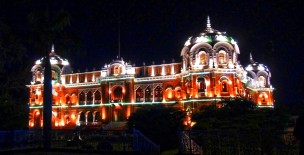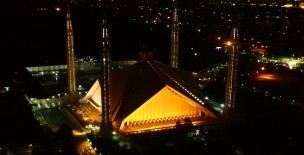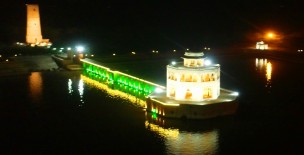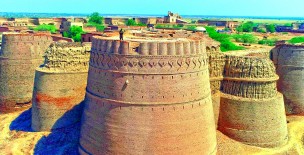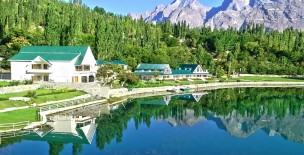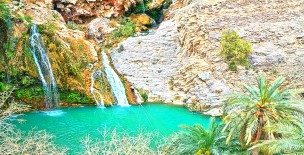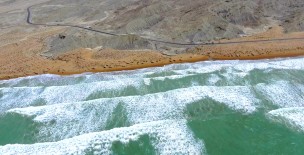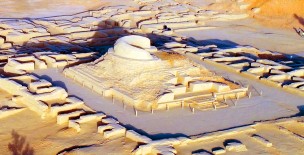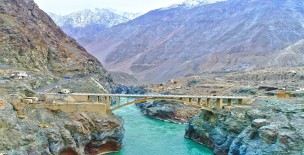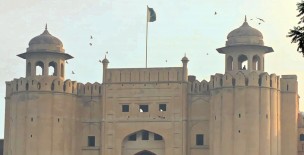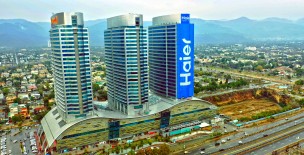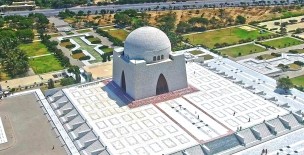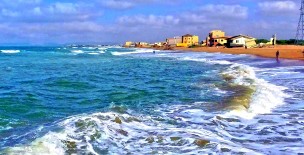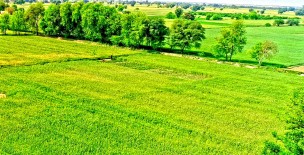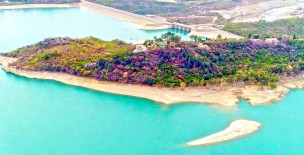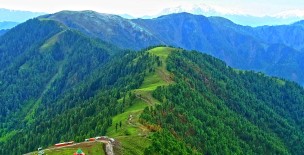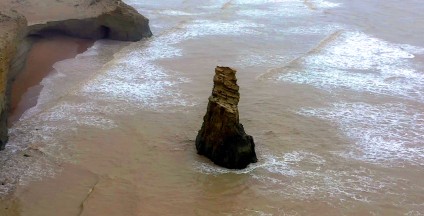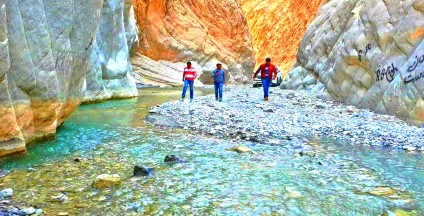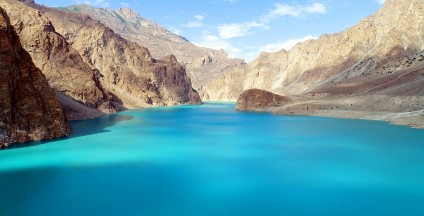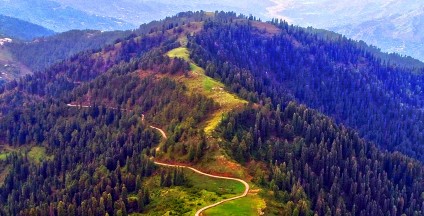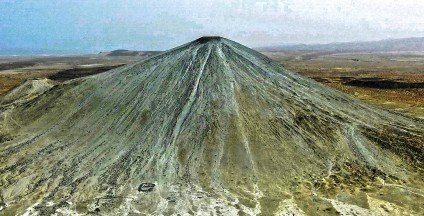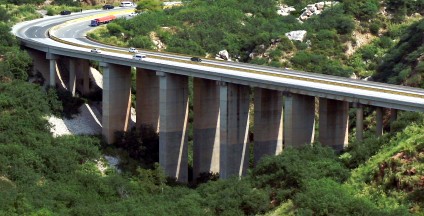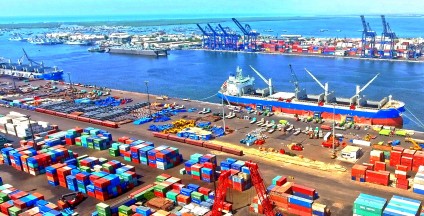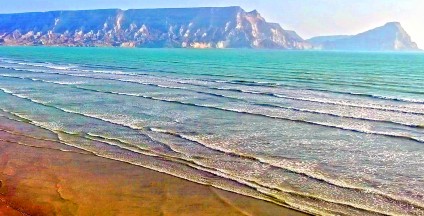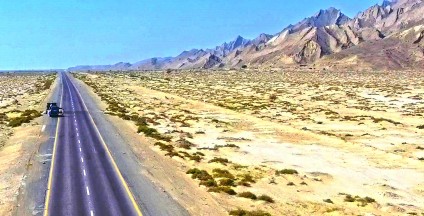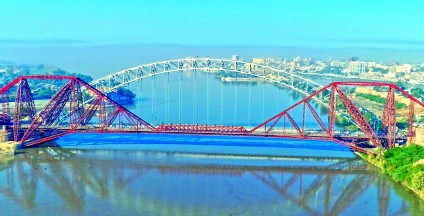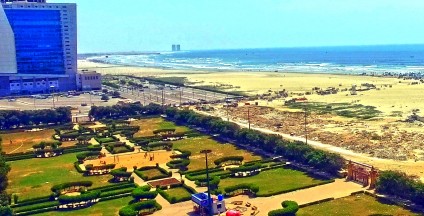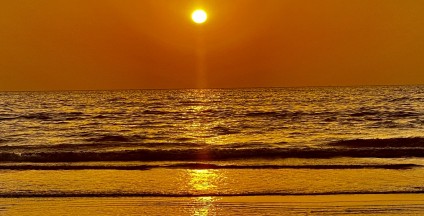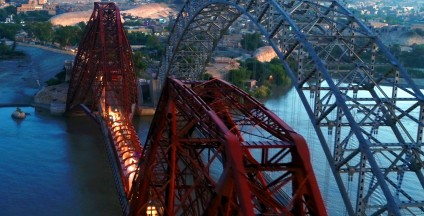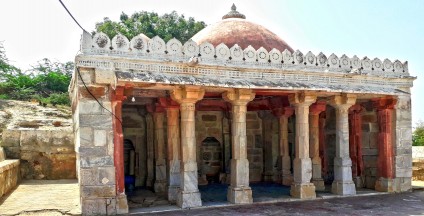Minar-e-Pakistan is a public monument located in, adjacent to the Walled City of Lahore, in the Pakistani province of Punjab.
The tower was constructed during the 1960s site where the All-India Muslim League passed the Lahore Resolution on 23 March 1940.
It was the first official call for a separate and independent homeland for the Muslims of British India, as espoused by the two-nation theory.
The tower was designed and supervised by, an architect and engineer hailing from Punjab.Tower construction was started in 1960 and it took 8 years to complete in 1968.
The foundation stone was laid on 23 March 1960. Construction took eight years, and was completed on 21 October 1968 at an estimated cost of Rs 7,058,000.
The money was collected by imposing an additional tax on cinema and horse racing tickets at the demand of Akhtar Hussain, governor of West Pakistan.
The parks around the monument include marble fountains and an artificial lake.The tower reflects a blend of Mughal/Islamic and modern architecture.
The base is about 8 metres above the ground. The tower rises about 62 metres on the base, the total height of the minar is about 70 metres above the ground.
The unfolding petals of the flower-like base are 9 metres high. The diameter of the tower is about 9.75 meters.

